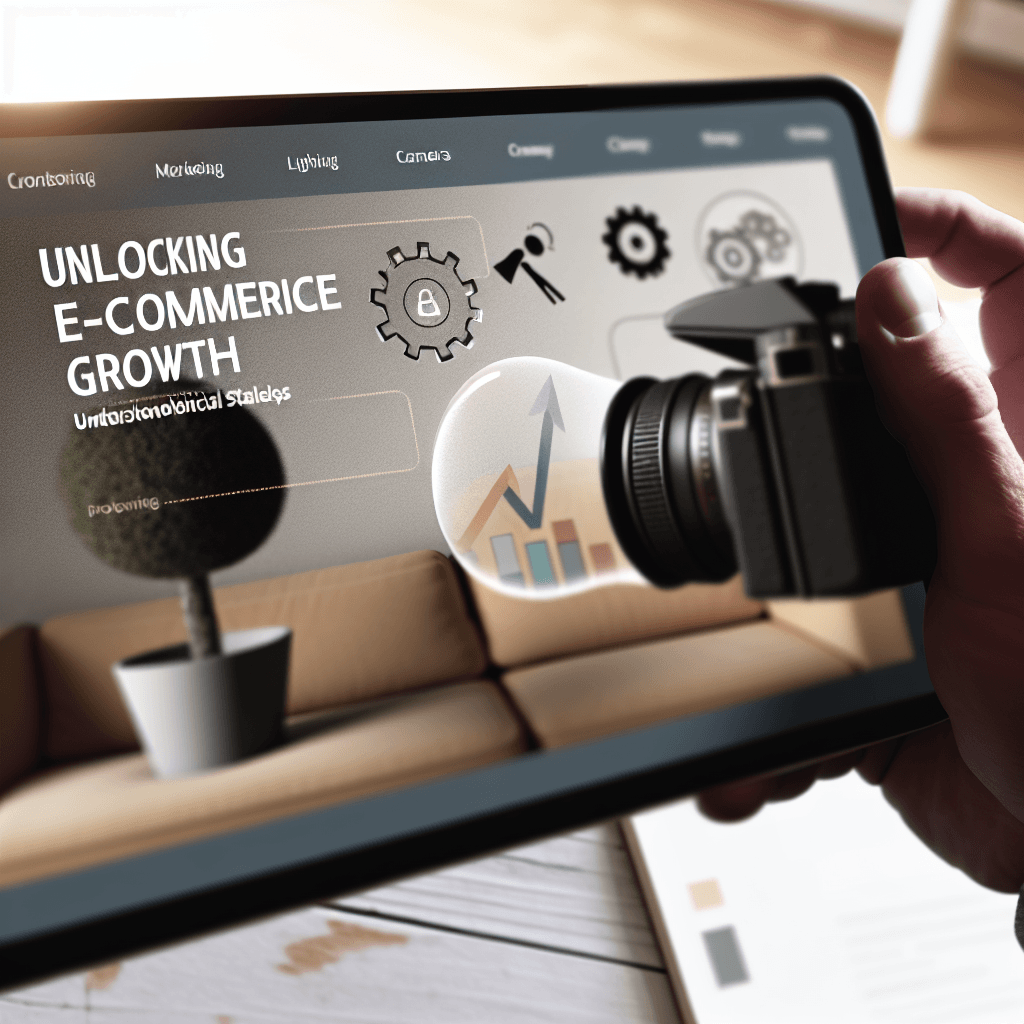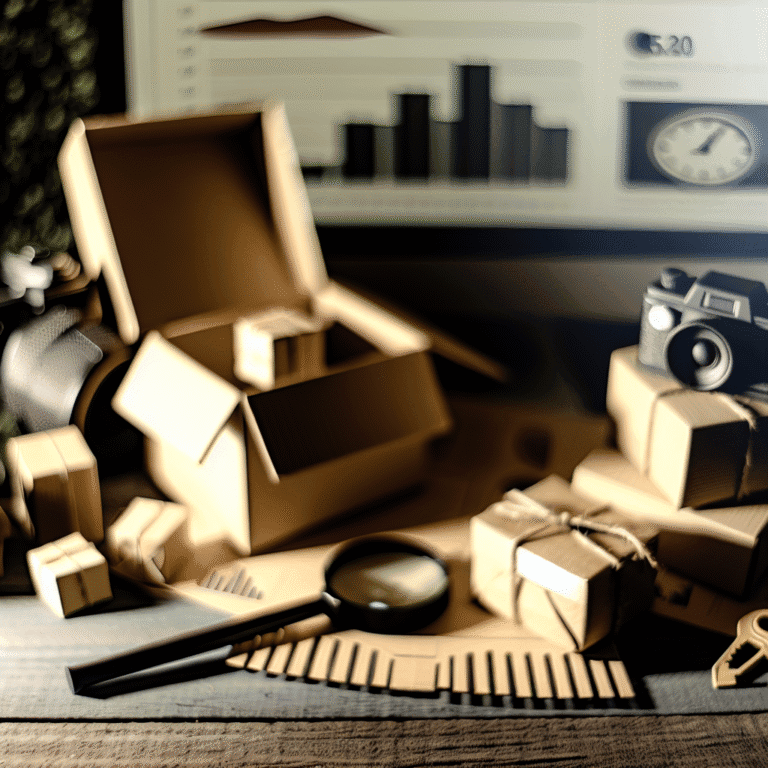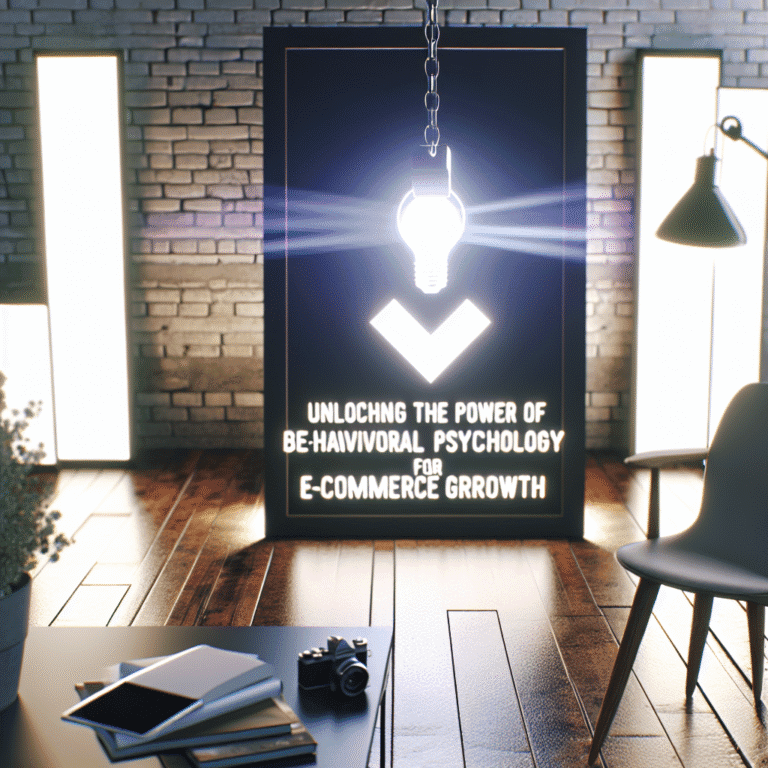When Psychology Trumps Logic in Boosting Online Sales
You've polished your e-commerce site till it dazzles. The product images are eye candy. Your calls to action practically shout, "Click me!" Your ads are like psychic detectives, knowing your customers’ morning routines better than their mums do.
Yet, conversion rates? They’re sitting there with their arms crossed, refusing to budge.
What’s going on?
Here's the twist: it’s not always about user experience, cost, or even zippy speed. It’s about what's happening upstairs — in your customer's head.
Turns out, many online sales stalls occur because we forget one simple truth: customers aren’t logic machines. They’re human beings. Busy, easily distracted, and often running on autopilot when they hit that “Buy Now” button.
This is where psychology is a game-changer.
Here’s your ticket to understanding it all: 10 conversion-boosting tricks based on science — the kind Amazon and ASOS use every day to sell without being pushy.
Let’s unwrap how human nature fuels online sales success.
Psychology Beats Endless Growth Tricks
First things first. If you think boosting online sales is all about button colours or extra pop-ups, think again. It’s about how people make decisions.
Every conversion is an act of persuasion.
Ignore the human brain — that easily sidetracked, emotion-driven, shortcut-craving wonder — and you’re setting your marketing on shaky ground.
Here’s why psychology matters for boosting online sales:
- Emotion often leads purchases; logic might catch up later.
- Online attention spans are shrinking faster than a cheap jumper in a hot wash.
- People trust what feels safe, not necessarily what's cheapest.
Want growth that sticks? Start thinking like your customer.
Let’s have a look at 10 psychological nudges proven to boost online sales.
Loss Aversion Pulls in the Procrastinators
We hate losing more than we like winning. That’s why a “£10 discount ends tonight” strikes a chord, while “£10 off whenever” slips by.
Make it work:
- Offer time-limited deals with countdowns
- Highlight low stock or rare sizes: “Only 3 left in Medium”
- After an abandoned cart, remind folks what they’re missing: “Complete checkout now to keep free shipping”
Loss aversion taps into our need to hang on — even to socks.
The Decoy Effect Makes Premium Seem Sensible
Price anchoring’s more cunning cousin. Show three versions of a product:
- Basic: £10
- Pro: £24
- Premium: £26
Boom, £26 suddenly looks like a smart move. That £24? It's the decoy to steer buyers to the premium option — your top pick all along.
It's great for:
- Subscription bundles and SaaS pricing
- Labeling: “Most popular” or “Best deal”
- Gift sets with sneaky upsells
It’s not trickery; it’s smart setup.
Cognitive Fluency Lends Trust a Hand
If it’s a breeze to understand, our brain sees it as reliable. Simple writing wins, while clutter kills.
Where it shines:
- Use plain language: “Fast, tracked shipping” tops “Multimodal delivery solution”
- Stick to familiar buttons: Sure, “Add to Cart” is dull, and that’s perfect
- Keep layouts clear: Chunky headlines, obvious benefits, low fuss
Simplicity is kindness. It’s also your secret sales weapon.
Social Proof Lets Others Do the Talking
We love following the crowd. When uncertain, we mimic. Shoppers trust what others are buying and saying.
Make it seen:
- Star ratings by product names: “1,200 reviews — avg. 4.8 stars”
- Show recently sold items: “138 bought in the last day”
- Customer photos and quotes near purchase buttons
Social proof eases fear. In a world of choices, trust is king.
Real Urgency Seals the Deal
“Hurry, limited stock!” screams gimmick. But say “Only 2 blue mugs left — more coming next week” and it rings true.
Give specifics:
- “Order by 4PM for next-day delivery” — stick to it
- Avoid fake countdowns that restart on refresh — folks notice
When urgency feels real, people act. Honesty outperforms pressure.
Small Yeses Build Bigger Sales
People like to stick with their choices. Get a small yes, and bigger ones follow.
Try micro-commitments:
- Wishlist options (“Save for later” is still useful)
- Size selectors or product quizzes
- Accounts with tailored suggestions: “Based on what you liked…”
Cialdini called it consistency; we might call it momentum.
Anchoring Prices
We view prices next to each other. Show a high number first, and the next feels like a bargain.
For example:
- “Was £129, now £72” repositions value
- “Usually £200 retail — ours for £159” hits differently
Anchoring isn’t trickery. It's all about how we see things. And perception is everything in sales.
Endowed Progress Boosts Motivation
Shoppers are more likely to finish something if it seems they’ve already started.
Apply it with:
- “You’re 20% towards Gold Member status”
- “You’ve built 3 of 5 items for your order”
- Tiered referral rewards: “1 friend = £5 off, 3 = free mug”
Visible progress fuels commitment. Let them see how close they are, and they’ll go the extra mile.
Contrast Bias Makes Offers Shine
List a high-end wine at £150 and your £45 bottle suddenly looks like a bargain. That’s contrast bias at work.
Use it for:
- Highlighting “Best deals!”
- Showing different product levels (bronze, silver, gold)
- Pricing bundles next to single items
Choices aren’t made in a vacuum. Shape the setting.
The IKEA Effect: Making Customisation Work
When people help create a product, they value it more.
Introduce customisation:
- “Pick 3 snacks for your subscription”
- “Engrave this with initials or a note”
- “Choose your scent, colour, or size before checkout”
Effort creates ownership. Ownership boosts sales and satisfaction.
Final Thought: Empathy Drives Real Growth
Real online sales progress doesn’t happen from noisy ads or pop-up overload.
It happens when we remember one thing: the person on the other side of the screen isn’t a spreadsheet entry. They’re a human.
Try out these psychology tricks not to manipulate, but to simplify. To make things clearer. To spark confidence.
When you work with human psychology, you’re not just optimising. You’re empathising on a grand scale.
Now, go and sell with insight, not just spreadsheets.





